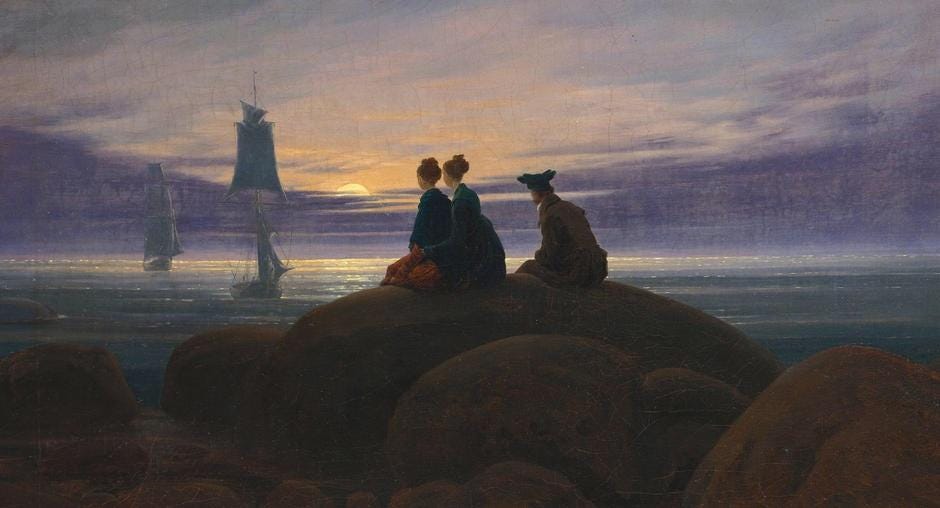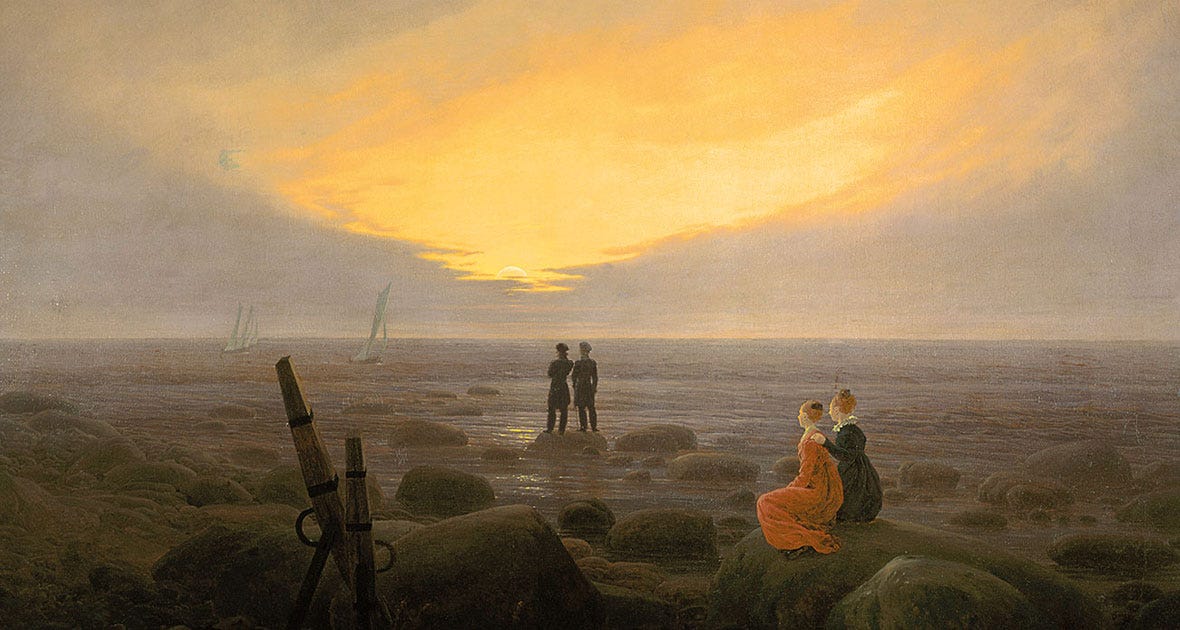The End of Pop Music
Much ink has been spilled over the fact that modern pop music is losing ground to old music. Music itself is bigger than ever, but people are increasingly unwilling to follow the drumbeat of mass media. Content algorithms make it easy to find that perfect song, and most songs statistically happen to be older and less mainstream than songs on the radio. But while its causes are simple, the effects of modern pop’s decline are less clear. In particular, this trend may herald the disintegration of pop music itself.
Pop music has disintegrated before. Its parents, the record and the radio, originally gave birth to pop in a much purer form. The record gave pop its size— taming the wildness of live music into something concrete, bounded, portable. Meanwhile, the radio gave pop its shape— defining its audience and how it would target them.
In those early days, the shape defined by radio was conservative indeed. Imagine the soundtrack of modest black-and-white films, elegant serenades, and Christmas past. Can you hear it yet? Think jazz bands, crooning, and (of course) Mid-Atlantic accents.
If you still can’t hear it, here’s Bing Crosby, the first to be christened with the “King of Pop” honorific. This style is now called traditional pop, and it represented the sound of the early 1950s. Back then, traditional pop was not just a type of pop— it was pop. Pop was music designed for mass appeal, and the conservative state of radio meant that mass appeal was synonymous with a traditional sound. Other forms of music existed, but only on the outside of mainstream radio’s walled garden.
But subsequent developments sent those walls tumbling down. The next two decades saw more record labels, more radio stations, more ways that new sounds could reach new ears. By the 1960s, the biggest music stars were not traditional at all. The Beatles and Elvis Presley were stars of the first major pop subgenre: rock ‘n’ roll.
If pop was defined by mass appeal, then rock was not just pop—it was more pop than pop. Rock suffocated traditional pop on the airwaves, leading many (especially young people) to abandon traditional pop entirely. Radio had diversified, so pop evolved to reflect its parent. Even today, “pop music” is more closely associated with rock music than the traditional pop it originally described.
Since then, genres like R&B, hip-hop, and electronic music have each become “more pop than pop” in their respective eras. With every new incorporation, pop slid further into sonic ambiguity. But while pop lost its clear set of unifying characteristics a long time ago, the name has remained useful into the 2020s, if only for marketing purposes.
While pop survived the disintegration of the past, it will probably not survive the disintegration of the future. The first cause of this is algorithmic music discovery, which has permanently changed the shape of music. When music was bought in small batches, its shape had to be determined from the top down: labels had to label their music in order to attract an audience. Nowadays, the listeners themselves give shape to music through their listening patterns and the magic of algorithms. The shape of music in 2024 is no longer consumer groups, but scenes, aesthetics, vibes.
Many of our old words translate into this new model well— the phrases “rock music fan” or “hip-hop group” conjure up certain images in our head. But what use does the modern music consumer have for the term “pop”? Anything can have mass appeal in the digital age; some of the biggest hits of 2024 have also been some of the wackiest ones. In a world where genre can say so much, “pop” by itself says very little.
While “pop” has become vague in the algorithmic age, pop subgenres have become increasingly descriptive. While labels like “synthpop” and “power pop” are older, we now have constructed genres like bedroom pop, dream pop, metropopolis. Because of their usefulness as subcultural descriptors, these labels will stick around. So pop may live on as a fossil word: the “pop” in “indie pop” becoming as vestigial as the “amok” in “run amok”.
Perhaps the generic term “pop” will be supplanted by “viral pop”: music built for the Internet rather than the airwaves. But viral pop feels like a different beast from pop proper: something distinctly online rather than a timeless descendant of the radio and the record.
Viral pop also feels different because the Internet threatens not just the shape of pop, but its size. For decades, the record was the defining atom of music: a portable unit of 2-6 minutes that could be sent over the airwaves to the entire world. While the format was largely created for the genre, the format also shaped the genre in turn. Pop has slowly accumulated a variety of 3-minute conventions (choruses, bridges, etc.) that we now take for granted.
However, this paradigm has been challenged by the next atom in musical evolution: the song snippet. Online platforms like TikTok and Instagram Reels have made the 15-second clip the fastest-growing genre of music. And in response, pop has been changing, too. The most popular songs are getting shorter and shorter to respond to incentives, and some artists even start with a snippet— testing the waters before trying to convert a song a hook into a conventional hit. All of this had led pop to take on a new set of features that not everyone is happy with.
So not only is the usefulness of pop on its way out, but the music of tomorrow might look totally different from the music of today. The music fans of the 1950s could not have predicted songs like “break it off” or “Club Classics”, and it is a bit arrogant to assume that we will fare any different. Future people might look back on the pop of today in the same way that we look on traditional pop now— still technically pop but not in the way that we think of it.
In the end, there will always be music that resembles the pop music of today, even if it stops being mainstream. The biggest impact will be resource allocation: where is the money, the talent, and the attention going? People still make traditional pop, but the population of traditional pop stars has declined to just Laufey and Michael Bublé. The end result is the diffusion of creative energy. Most music innovation used to happen inside of a corporate recording studio, but now it is just as likely to happen in some teenager’s bedroom.
The course of pop music has many parallels to the course of science fiction. In the 1950s, there was a similarly conservative and narrow definition of science fiction, and a limited number of ways to access it. But as science fiction blossomed into new wave and new wave flowered into speculative fiction, the pathways multiplied.
This was mostly a good thing— the quality of writing is more literary, less pulpy, and there is something in it for everyone. But in “When Did SFF Get Too Big”, James Davis Nicoll muses how the genre has also become overwhelming— in the past you could read everything, but now there is more sci-fi posted on the Internet every year than one could read in a single lifetime. Fully “keeping up” is practically impossible, and two fans of the genre may not have anything in common to discuss.
Maybe pop music and Golden Age SF were always meant to be relics, cast aside once technological innovation made them irrelevant. But I sometimes wish speculative fiction was still something you could grasp in your hands. When I read those old sci-fi pulp magazines, I can still feel the outlines of a shared community that is lost to time.
When pop music is gone, I know I will really miss it.








